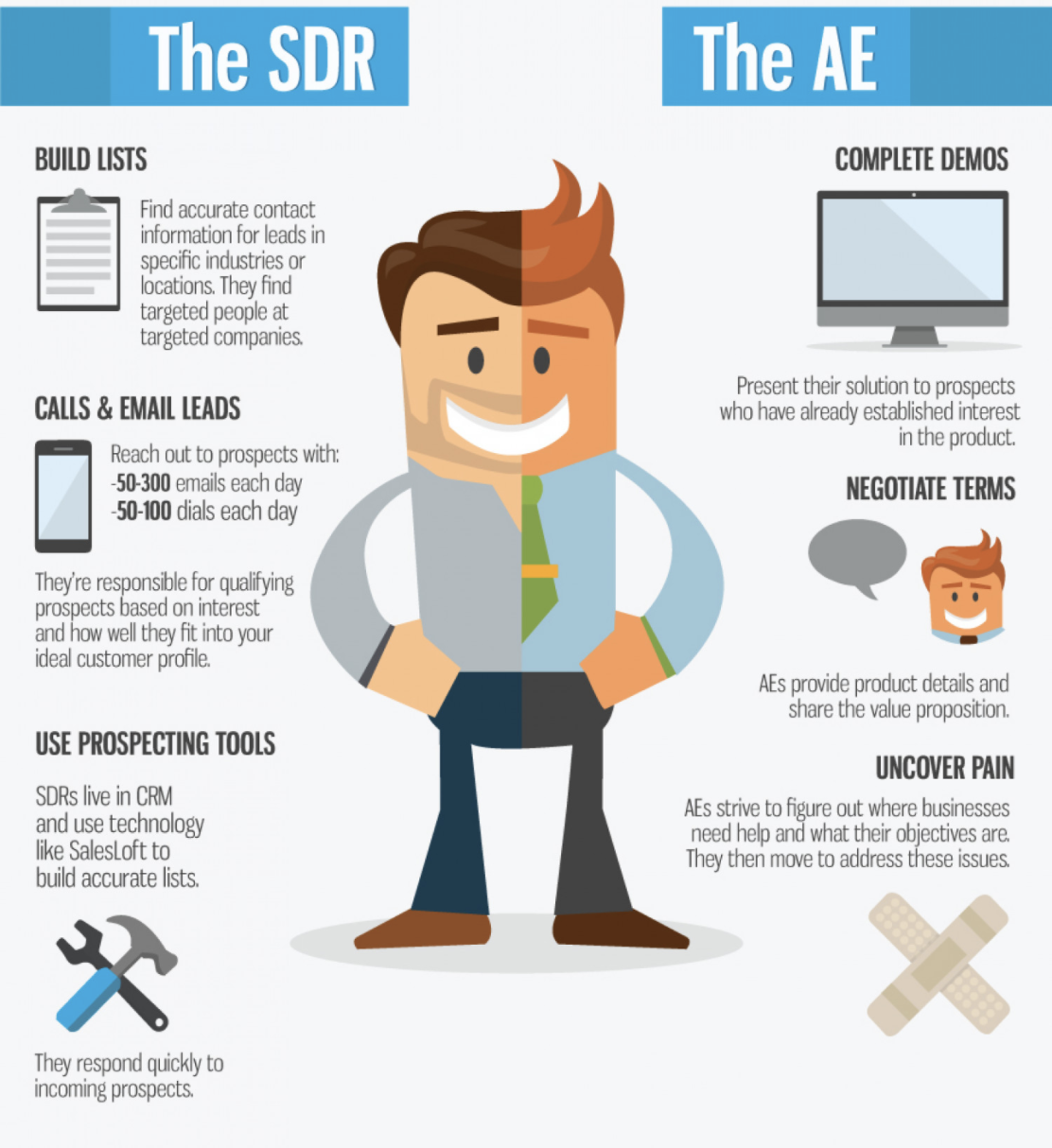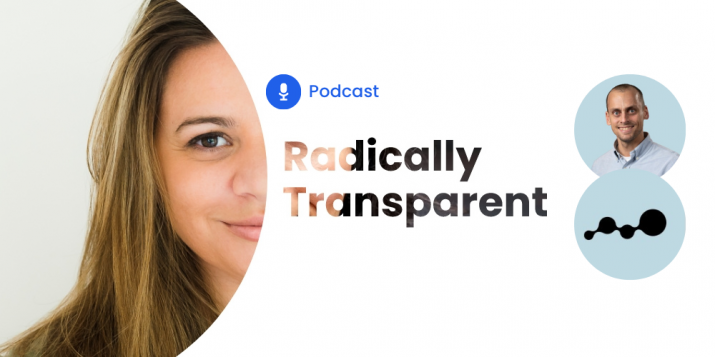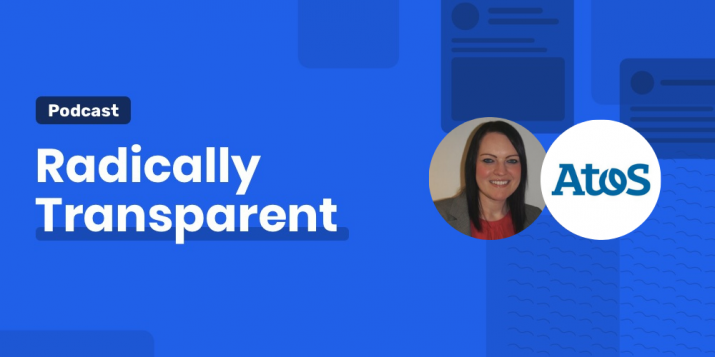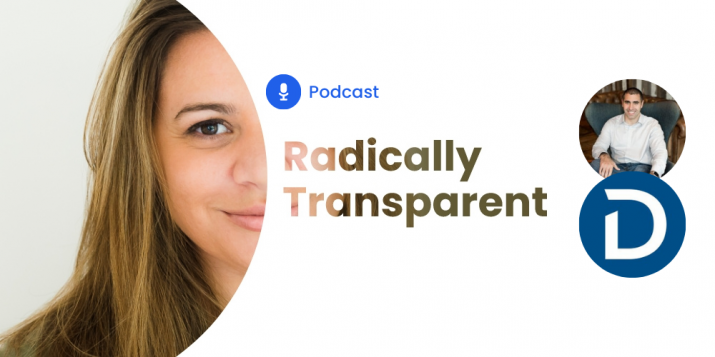
How to Hire a Sales Development Representative
The importance of generating high-quality leads to grow your B2B business can’t be overstated. But not all leads are created equal – in general, at least half of your prospects aren’t good fits for your product. For hyper-competitive B2B companies, this means that a steady stream of new leads is essential for supporting and sustaining growth.
B2B sales success depends on, first, generating leads, then screening them for their intent to buy – a process known as qualifying. Qualified leads have done independent market and product research, completed your company’s nurturing sequence, and are ready to buy.
The person in your organization responsible for spearheading these efforts is known as a Sales Development Representative (SDR), tasked to keep your pipeline full by driving the sales outreach process. This process generates new sales by utilizing strategies and tactics to turn cold leads, new prospects, and former buyers into customers. Only about 1 in 4 sales emails actually gets opened, so having a dedicated salesperson to follow up with cold leads is imperative to generate results. An effective SDR can not only find your leads, but also educate them and advance them through the buyer’s journey.
If you want to maximize your success in finding qualified leads, here’s how to hire a Sales Development Representative that will drive sales for your company
What is a Sales Development Representative?
Sales prospecting is the responsibility of SDRs. Their job includes finding and qualifying fresh leads. SDRs build a comprehensive awareness of the industry and sales process to initiate engaging conversations, armed with well-researched information about potential prospects. As a result, they devote a significant amount of time to contacting potential clients in the early phases of the sales funnel, either preparing prospects to speak with a salesperson or screening their genuine intent to buy.
SDRs are beneficial for your organization because they help sift through all of your prospects to target only ideal buyers for your company’s products and services.
In terms of the organizational hierarchy, the SDR is the first point of contact with leads. This role is the baseline for prospects interacting with your company’s sales team, which is why it’s essential to hire someone who will get the conversation started on the right foot.
What does a Sales Development Representative do?
SDRs are in charge of activities such as outbound prospecting and handling all inbound leads. However, their role may fluctuate depending on the organization.
Universally speaking, their main objective is to oversee strategies and tactics for doing cold outreach. One of the most common tasks is qualifying leads that are already in the funnel. For this specific role, their effectiveness is evaluated based on how quickly they can move prospects and cold leads through the sales funnel to get them in the hands of a dedicated closer, or at least on an initial sales call.
To do this, SDRs are expected to engage prospects in various ways, such as email outreach, lead nurturing, answering questions, and sharing industry and product insights. Some teams have SDRs send out personalized video messages, or connect via LinkedIn InMail, or utilize SMS sales strategies. SDRs should be encouraged to use the most innovative sales tools available to help keep track of leads.
SDRs often use these techniques to set up and schedule an initial consultation to talk to the prospect about their specific needs and interests. By gauging interest, they can pass the lead on to someone who is the best fit for answering their unique questions, such as an Account Executive. For technical SaaS products, SDRs may be the point of contact for demonstrations and answering questions about how a product would work for enterprise solutions. Walking the prospect through these various stages of hand holding helps gauge their interest, which is how a lead graduates from being a “normal lead” to a qualified lead who is ready to buy.

(Source: https://visible.vc/blog/roundup-importance-sdrs/)
Recommended for further reading
What skills does a Sales Development Representative need?
When hiring an SDR, the prospective new hire must have the right skill set for the job. Despite being an entry-level role, they should have 2-3 years of sales experience at a similar organization within the industry. Since SDR is a customer-facing role, prior experience interacting with customers is essential.
Aside from being conversational, a qualified SDR should have a wide range of in-depth knowledge about the product. Being highly knowledgeable helps to prep the prospect by providing detailed answers that speed up the sales cycle. One of the fastest ways for a new SDR to gain product knowledge is to shadow department heads to see applicable use cases and ask questions. It may also be beneficial to shadow closers to see how the sales cycle works from start to finish.
New SDRs should be well-versed in using a CRM to manage a pipeline of incoming leads. They also need to be well-organized, analytical, and have a strong desire to learn new skills. A new SDR with these skills will likely have the opportunity to flourish at your company.
Why your B2B needs a Sales Development Representative
Sales Development Representatives are imperative for streamlining your B2B lead generation. Their outreach to leads and sharing of deep insights about your company’s products nurtures leads closer to purchase. 6 out of 10 leads need to talk through the product while they are in the consideration stage. After speaking to an SDR, they are more ready to purchase when handed off to an Account Executive or closer.
Having a dedicated role in your organization that is actively selling your product and building relationships with new prospects helps ensure that you have sales throughout the year, adding stability and longevity to your company’s cash flow.

(Source: https://www.kalungi.com/blog/sdr-vs-bdr-definition)
4 Essentials to hiring a Sales Development Representative
Since B2B companies have lengthy sales cycles, having an organized employee staying on top of leads makes SDR a worthwhile hire. When you consider that it takes an average of 18 calls to connect with a buyer, it’s easy to see why an SDR is an essential member of any B2B sales team. Hiring the right person is critical to managing the sales cycle, which is why it’s crucial to have a game plan for hiring for this role. Here’s what to do.
1. Create a Job Description
First, you’ll need to create a job description for the SDR role explicitly tailored to fit your company’s needs. Include which types of companies they will be targeting for outreach, and the qualifications and industry experience required to perform the job well. Don’t forget to add salary information to streamline the hiring process, since this is generally an entry-level position.
2. Interview and Test
Next, you’ll want to conduct interviews. We recommend an introductory phone call interview using a standard set of questions to screen qualified candidates. After you learn about their background, candidates should be given a sample task to see if they can carry out the job responsibilities. Test examples include writing emails, sample voicemails, and other sales deliverables that can easily be “graded” to determine team fit. Another option is to test how they respond to objections. A big part of the SDR job requires handling “No”s. More on that below.
3. Roleplay and Soft Skills
Top candidates should be invited to participate in a “roleplay” sales scenario interview to ensure that they can deliver on the intrapersonal skills necessary to sell your product. Since soft skills are often the hardest to train, you must evaluate candidates based on their ability to identify customer needs and pain points from a free flowing conversation. You need to make sure that they understand which customers are the right fit for your offering.
4. Final Interview
After the roleplay experience, you should have a pretty good idea of who can do the job. Now, you want to see which candidates are a good fit for your organization. Invite the best of the best to a final interview round. In this interview, candidates can learn more about your company culture and be encouraged to ask questions.
Using this tiered approach allows you to filter through many qualified candidates and identify those that are a great fit before you invest in training them.
Conclusion
Converting leads into qualified leads is an essential part of growing your B2B business. When your sales pipeline is constantly full of potential new clients, it allows your closers to make more sales, which leads to higher revenue.
Before you can reach these sales outcomes, you need to establish a firm foundation by hiring a strong Sales Development Representative who will be on the front line of generating B2B sales. To do this effectively, your company will need to find someone who understands your product positioning and knows how to identify great potential leads. Finding someone with the soft skills necessary to add to your bottom line while possessing strong industry knowledge is essential for guaranteeing the right fit and generating a great ROI on your new hire.


